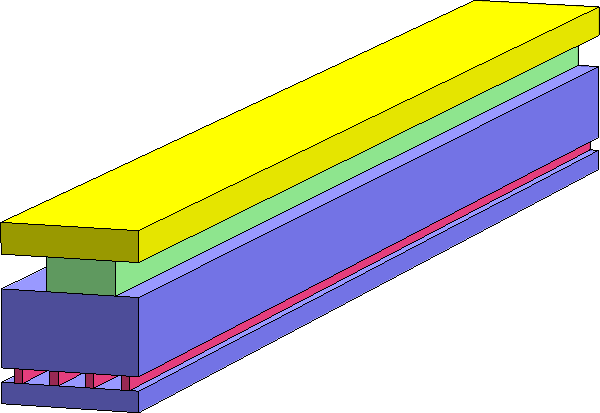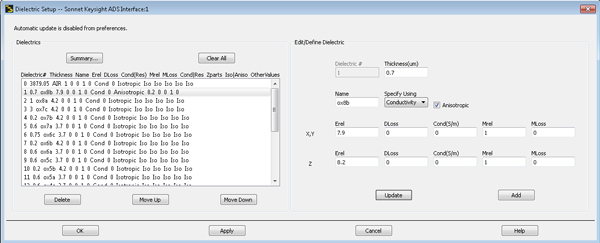Sonnet Suites - New Features
Sonnet announces the availability of the SONNET® Suites Professional™ Release 16 to customers. All Sonnet customers with current software maintenance agreements may download, install and license this powerful new release for the Sonnet Professional Suite, Level3 Gold, Level2 Silver or Level2 Basic Suite. The software is available by download from Sonnet's web site, and customers are invited to contact their Sonnet Technical Sales Representative for details on accessing the release download.
![]() View the New Features Brochure
View the New Features Brochure
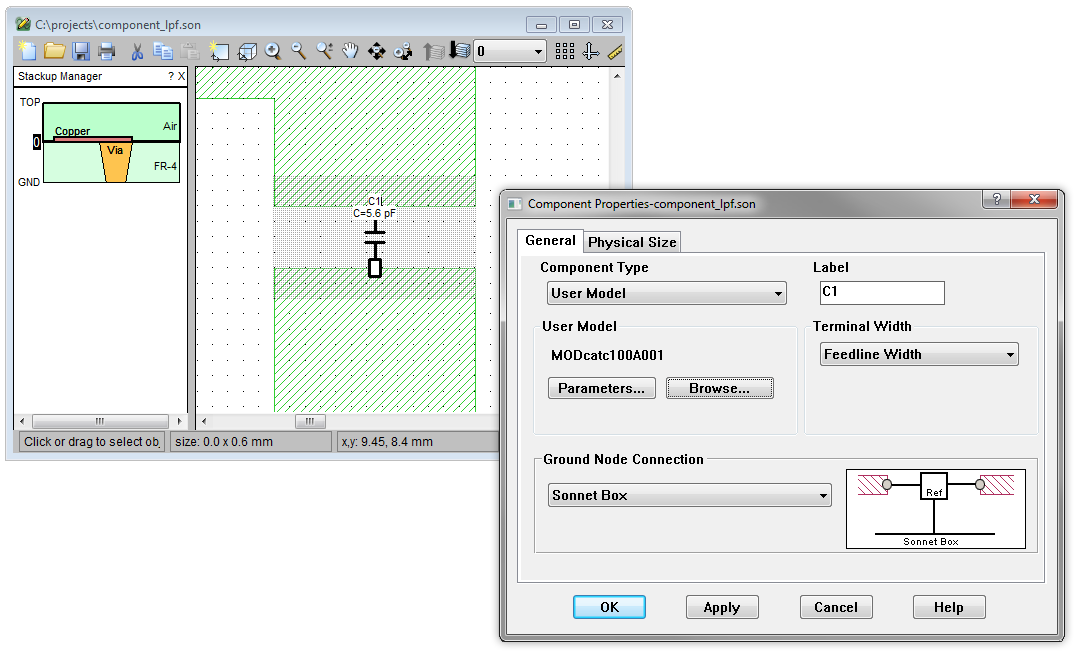
Custom User Model Components
Now in Release 16, you have the freedom to create and add your own custom components to your geometry. Add a model from a library that has been purchased, or developed in-house.
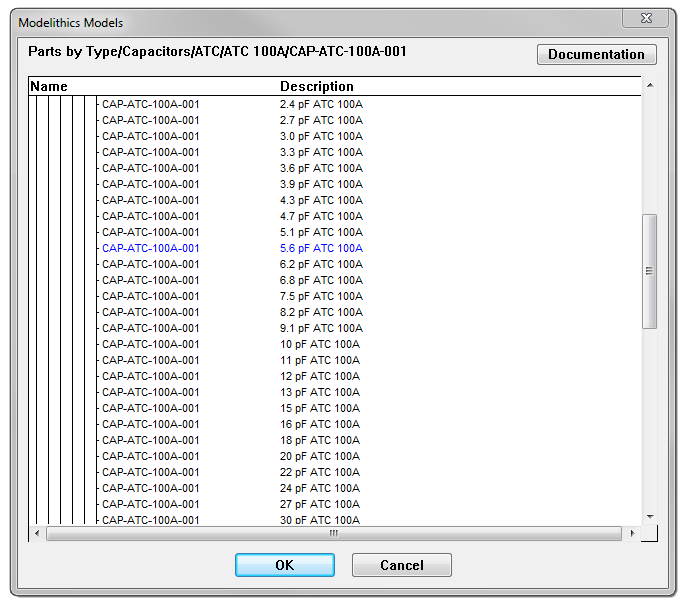
Modelithics® CLR Library for Sonnet
New in V16, we offer integration with Modelithics. Utilizing the User Model Component feature, you can add a model from the Modelithics library to your circuit.
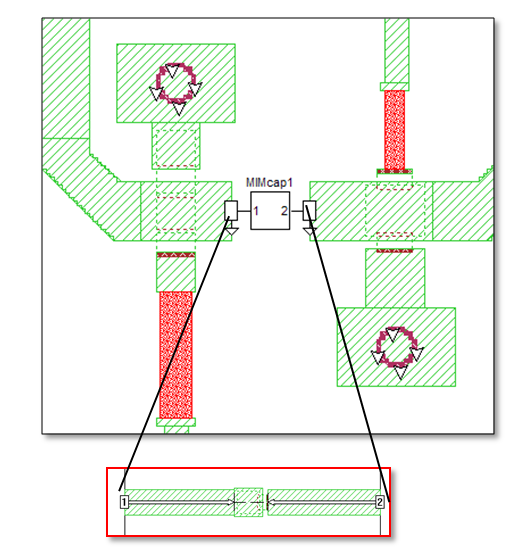
Project Components
Components can now become sub projects supporting a hierarchical, EM simulated, layout driven design.
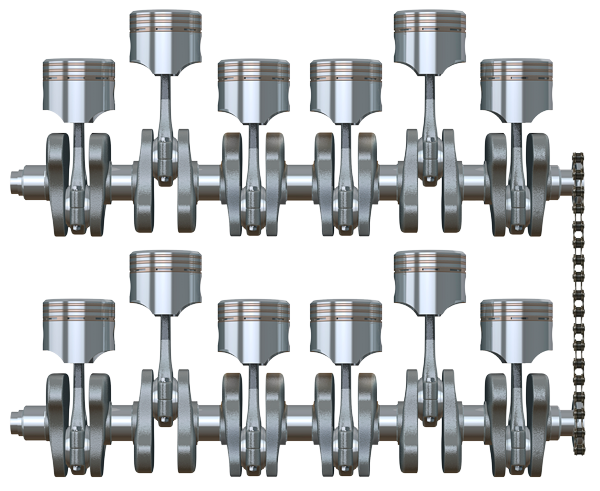
Increase in Threads for High Performance Solver (HPS)
The thread count for the HPS has increased from 32 to 48 threads for release 16, allowing up to 50% speed increases in larger projects.
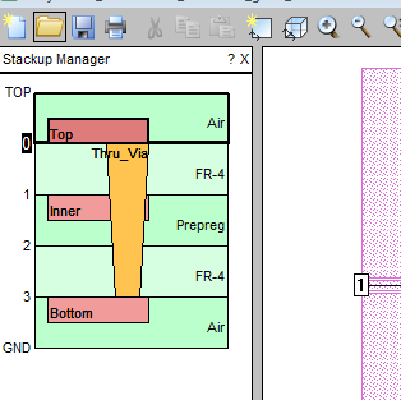
Thick Metal Extrusion
When using the thick or rough metal type models for planar metal, you may now choose which direction from the metal layer, up or down, that you wish the metal to extend.
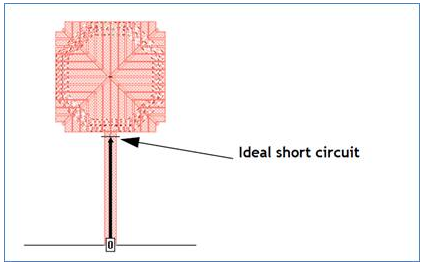
Unified Ground Connection
Position your circuit ground in any location where you can place a Sonnet port. Previous releases required ideal short circuits to be placed on the analysis box sidewall; now you may add an ideal short circuit anywhere in your geometry. This is especially useful for grounding internal shields and ground planes.
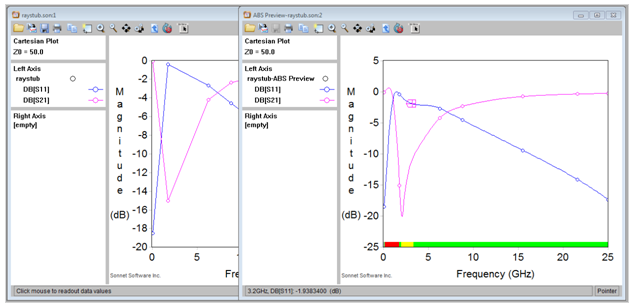
ABS Preview
The ABS preview allows you to stop an adaptive sweep which has not yet converged in order to evaluate the data and possibly determine a new analysis band for your simulation.
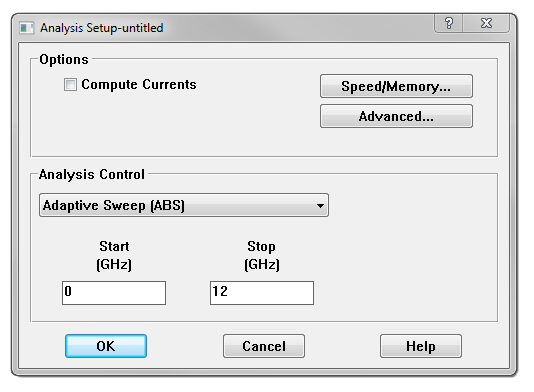
DC Point Extrapolation in ABS Sweep
Starting an ABS sweep at 0.0 GHz automatically generates data for a DC point by extrapolating from the ABS sweep data.
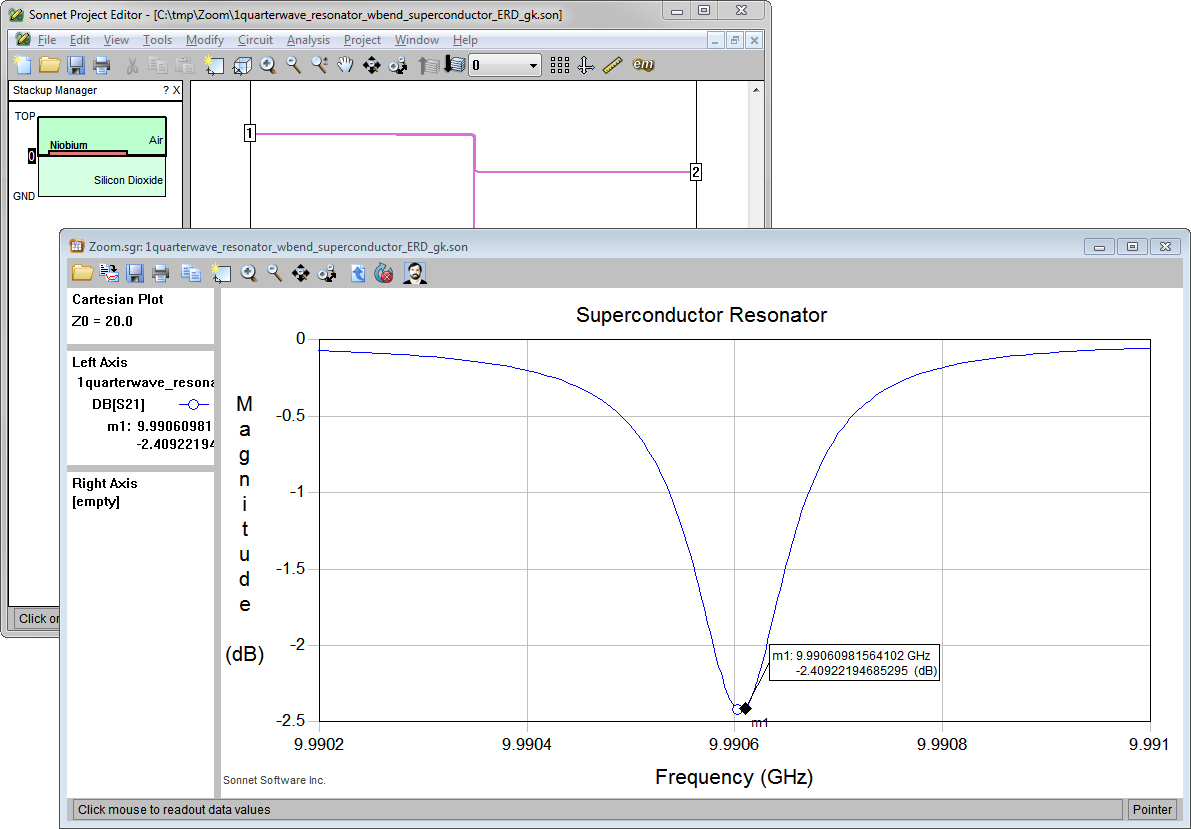
Enhanced Resonance Detector
Ideal for superconductor applications, the automatic Adaptive Band Synthesis (ABS) resolution adjustment will detect and resolve extremely narrowband resonances.
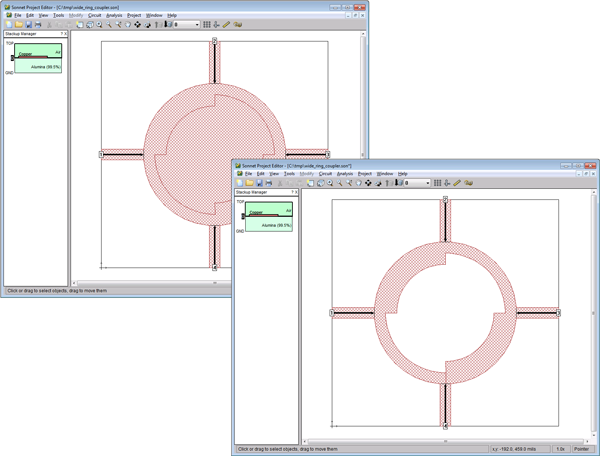
New Boolean Editing Operations
New to the project editor are four commands for editing the metal in your geometry, giving you more control over your designs with: Union, Intersect, Trim and Subtract.
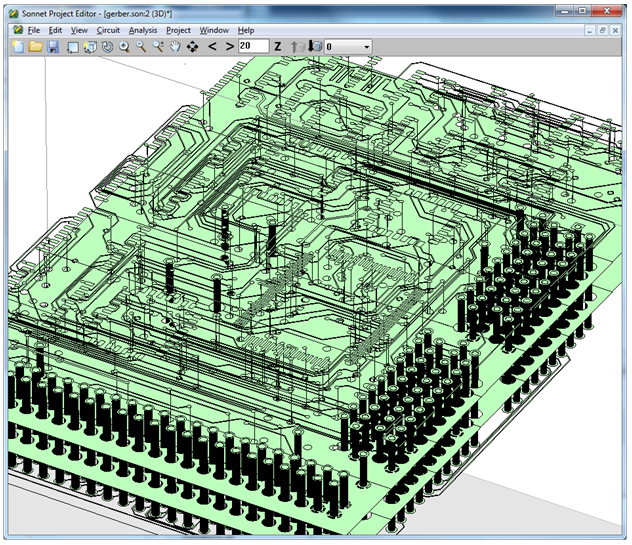
ODB++ Translator
This release introduces an ODB++ translator allowing you to import an ODB++ file archive or directory and translating the contents to a Sonnet project.
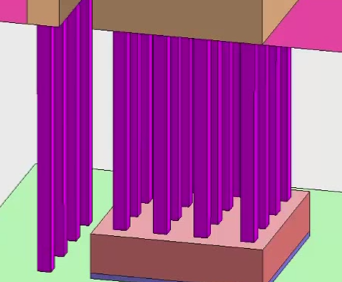
Resistance Per Via
The Volume and Array Via metal loss models now support a resistance per via definition for contact resistance dominated vias.
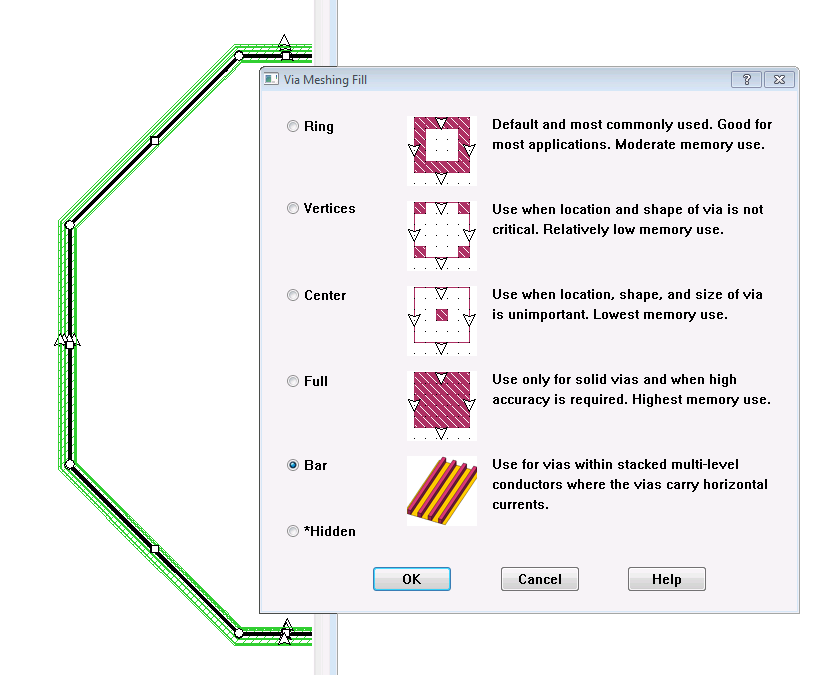
Bar Vias Simplification
There is a new via metal fill model that models the bar vias typically used in many RFIC processes in a more efficient manner. Bar vias may be automatically identified during translation.
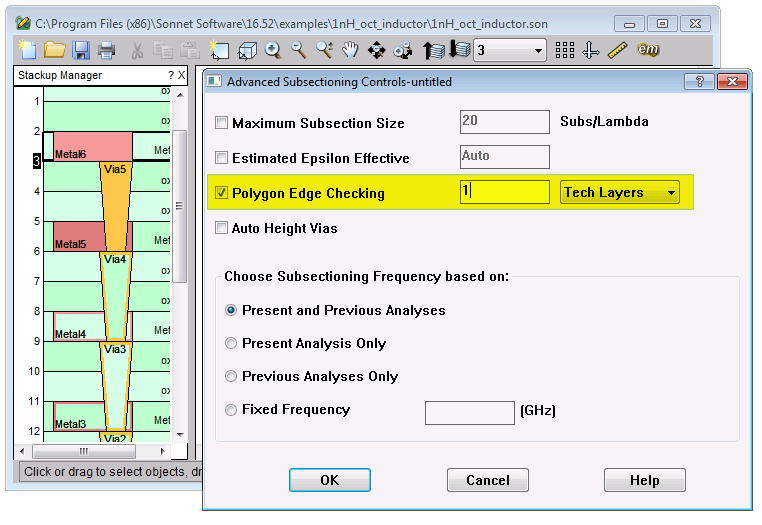
Polygon Edge Checking Support for Technology Layers
In previous releases, there was an option to have the analysis engine, em, consider adjacent metal levels when computing the subsectioning. In this release, you may now consider adjacent technology layers.
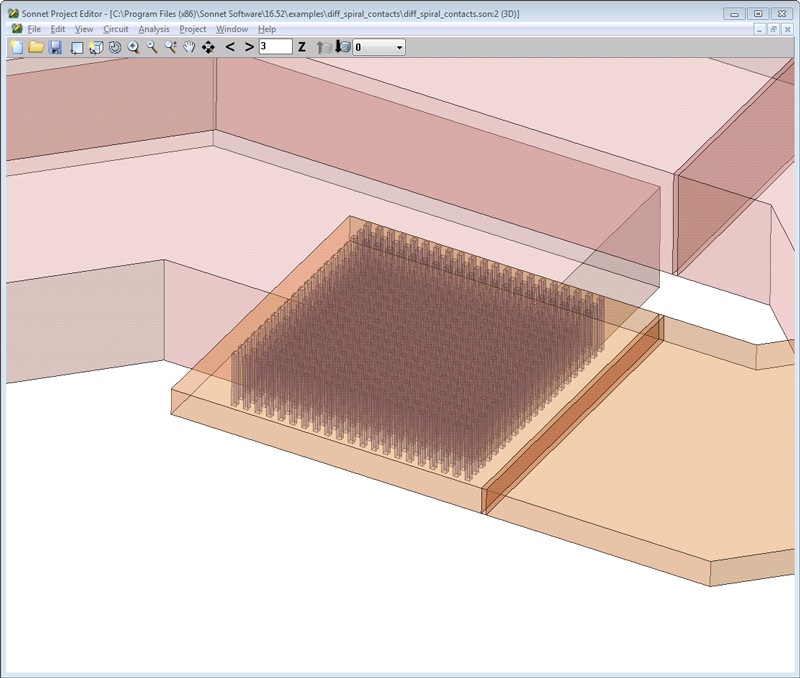
Via Simplification More Efficient for RFIC Circuits
Improvement in the array simplification feature now makes it possible to efficiently analyze circuits with 100,000+ microvias.
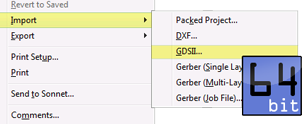
GDSII Translator 64-bit Support
The GDSII translator and via simplification now provide 64-bit support.
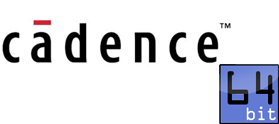
Cadence Virtuoso Interface 64-bit Support
There are a number of new features which have been incorporated into the Cadence Virtuoso Interface including support for 64-bit. Also new with this release, Help is available in all dialog boxes in the Cadence Virtuoso Interface.

